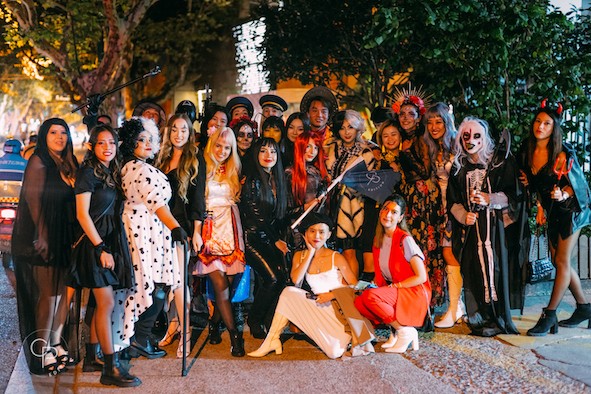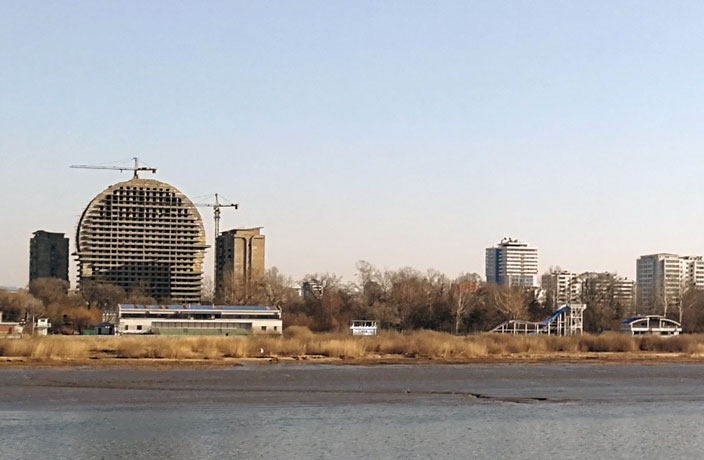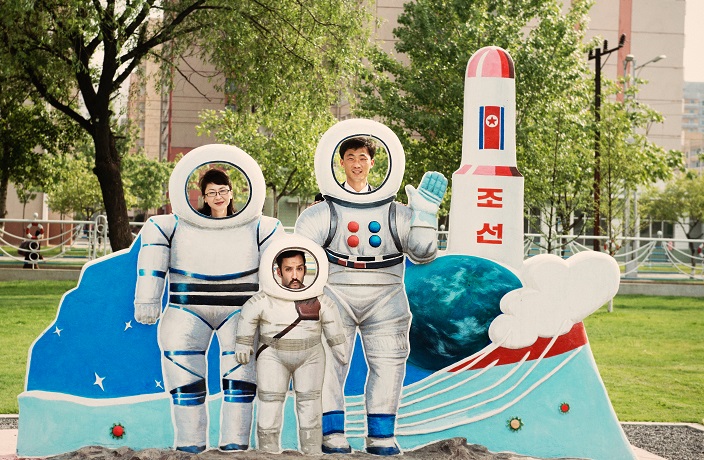For this month’s cover story we’ve brought together a short collection of travel writing. In Part III of this five-part series, That's Beijing's Food & Drink Editor Noelle Mateer looks for a bit of adventure as she travels to China’s North Korean border.
Maybe you don’t know that there’s a portion of the Great Wall that overlooks North Korea. It’s one of those Easter eggs buried so deep within Lonely Planet China, that the only ones who find it are those of us who are bored enough to read the whole thing. And man, was I bored in 2014.
I’d moved to beautiful “heaven on Earth” Hangzhou. And make no mistake – Hangzhou is great. Truly, it is heaven on Earth. The lake is beautiful, the tea fields serene. But I was 22, fresh out of university in a small Pennsylvanian town and craving adventure. And instead, I had just found myself somewhere… nice.
Bourgeois malaise is stupid, I know. But I experience it nonetheless.
Not without reason, mind you. In my family, women don’t travel solo to foreign countries. Hell, they don’t travel to foreign countries, period (unless as part of a church missionary group – but that’s a story for another day). I love my family, and I respect their choices. But I also realize that it’s those same choices that made me a stir-crazy 22-year-old. For me, travel has always been about proving to myself that I can, and will, leave all that behind.

DPRK propaganda books on display at a gift shop
And so I do. In line with my preferred brand of masochistic travel, I book a 30-hour sleeper train to Shenyang, followed by a four-hour bus to China’s North Korean border. And a few days later, my fresh-out-of-Pennsylvania self stands, in a discount Urban Outfitters jacket and a beanie emblazoned with the words “BAD HAIR DAY,” looking into the DPRK.
Dandong, in Liaoning province, is China’s largest North Korean border city. The city is a hub for China-North Korea trade. Its population is just shy of a million, and Korean-language signs adorn shops and cafes throughout the city. It is the closest you can get to North Korea without actually being in North Korea. (I’m adventurous, but not, like, that adventurous.)

I’m not the only one who digs this shit – just, perhaps, the only one in her twenties. Buses of older Chinese tourists unload at Dandong’s waterfront, where visitors take turns using clunky viewfinders to gaze into the country across the water. Some even don tacky, plasticky versions of North Korean garb and pose for photos. Vendors sell North Korean knick-knacks along the boardwalk – won notes, flags, cigarettes. I doubt the won are real. I buy some anyway.
But mostly, I just stare. After all, that’s what I’m here for. When I take my turn at the viewfinder, the first thing I see is two North Korean border guards, staring through binoculars right back at me. I shudder, then spy a pastel-colored retro Ferris wheel (which I later learn hasn’t been seen operating in years).
On a boat tour down the Yalu River, visitors line up to rent binoculars. We crowd along the boat windows, hoping to catch a glimpse of life beyond the border.

A waitress from Pyongyang serves Korean food to visitors
But the same scene that’s quaint and quirky (if voyeuristic) during the day, becomes eerie at night. As the shops and apartment blocks in Dandong light up, North Korea is completely dark.
Again, I shudder. It’s surreal – how the kitsch and the tourist traps clash with stark economic realities. But the strangest experience of all comes on my last day.
November in Dandong is typically frigid, but today is sunny and unseasonably warm. I hail a taxi out to Hushan Great Wall, several kilometers outside the city. My cab driver, a friendly man who’s lived in Dandong his whole life, chats about his hometown affectionately. He has no desire to cross the border, he says. I believe him.
I begin my trek alone. Unlike at, say, Beijing’s Badaling Great Wall, there are no tourists here. Hushan Great Wall is newer than other parts of the Wall, but rugged nonetheless. It’s a tough hike, and I huff and puff as I scale the stairs. Then, rather unhealthily, I light up a North Korean cigarette when I reach the Wall’s zenith (cigarettes are another thing that women in my family don’t do).
I gaze over miles and miles of the world’s most isolated country. I watch as villagers farm, and as a group of them head out on a walk together. I take a moment to reflect on how good I have it. That I, the lucky American traveler, am literally looking down on North Korean villagers.
And then, the end of the Wall dumps me rather unceremoniously at a nondescript dirt road, just meters from the creek separating me from the DPRK. (“DO NOT THROW STONES ACROSS THE BORDER,” reads a sign in both Chinese and English.) From here, it’s a long walk back to the main road. So when a farmer rumbles down in a pick-up truck full of cabbages, waving, I flag him down.
I hop into his truckbed-turned-cabbage patch, and we’re off – bouncing along the dirt path. As I enjoy my seat in the sun, I realize something. The last time I rode in a truck bed, on a winding dirt road, I was with my family, in rural Virginia. We were also in a farmer’s truck. All in all, it was pretty similar to this. Hell, even the weather was the same.
This trip’s been great, but I miss them. I take a picture to send to them later. Then I laugh. Maybe traveling to the North Korean border isn’t so crazy after all.
Read Part I: I Took a Billion-Dollar Cruise Ship with Fan Bingbing, Part II: I Tried to Cycle Across China on a Flying Pigeon, Part IV: I Lived in a Gansu Cave House & Part V: I Was a Post-Disaster Tourist in Sichuan's Earthquake Villages.






















0 User Comments